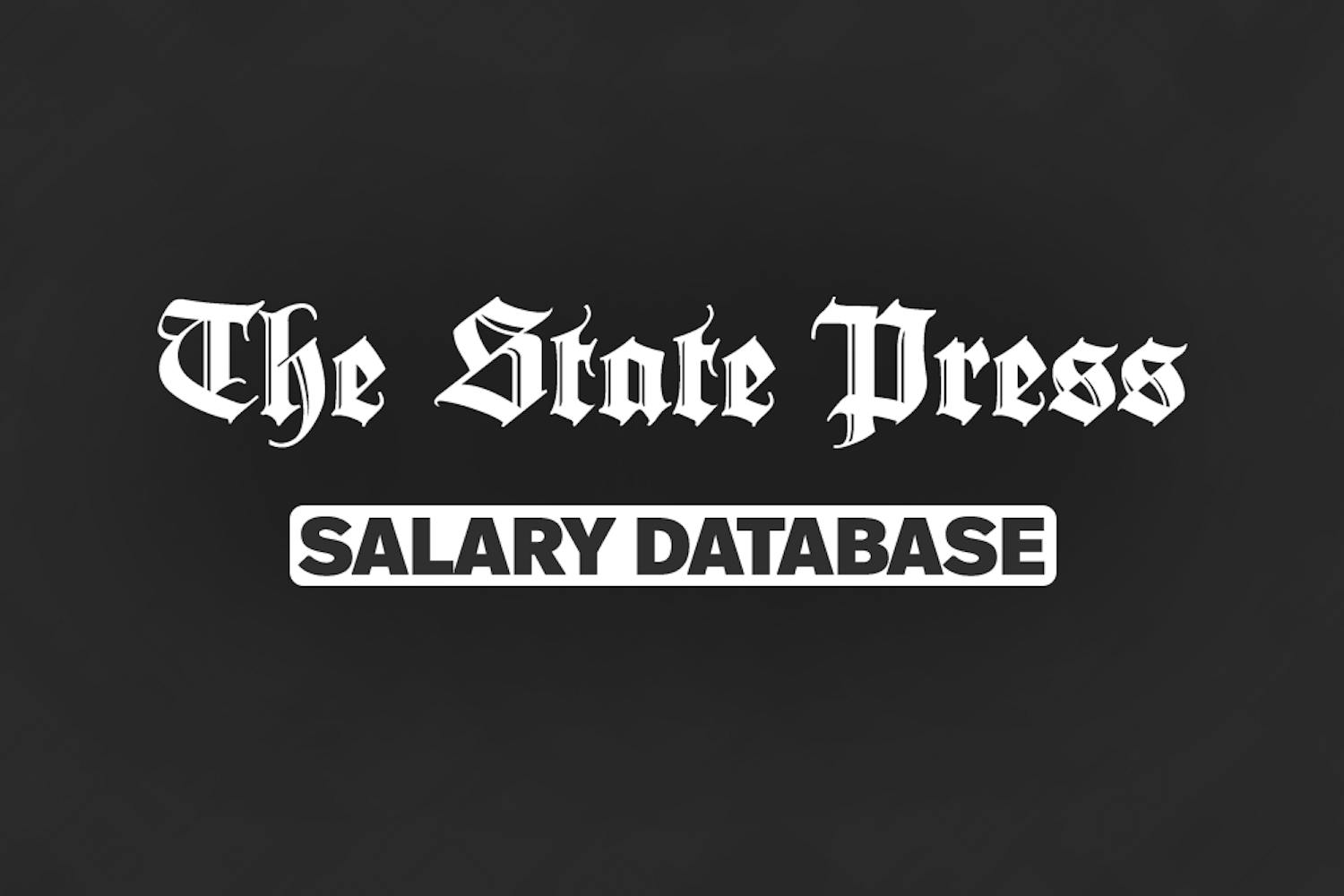In a world of harsh critics, it's no wonder that so many famous authors have shielded themselves with pen names and pseudonyms. Most notably, and recently, J.K. Rowling published her book "The Casual Vacancy" under the pen name Robert Galbraith
Why do writers do this? What could they benefit from by writing under a different name?
Just last week, the developer of the app-phenom Flappy Bird, took to Twitter to announce the discontinuation of the game. Many assumed it was due to the attention the creator was receiving, and the hatred attributed to the game's difficulty.
In the same respect, many writers avoid using their real names in attempts to keep scrutiny at a minimum. For some early female writers, pseudonyms made their dreams of writing come true in a world only meant for male intellectuals.
After some research, I've compiled a list of some of the most notable (and surprising) writers who have used pen names:
Agatha Christie wrote under the name Mary Westmacott for her novel "Giant's Bread" and a host of other romance novels.
Ever read the juvenile science fiction "Lucky Starr" series by Paul French? The series was actually penned byIsaac Asimov.
Benjamin Franklin wrote under multiple pen names, much to my surprise. He used the names Mrs. Silence Dogood, Benevolus, Busy Body, and Caelia Shortface. What a sneaky guy.
The "Fahrenheit 451" author Ray Bradbury wrote other pieces under the name Douglas Spalding.
You can reach the writer at arabusa@asu.edu or on Twitter @marie_eo.





